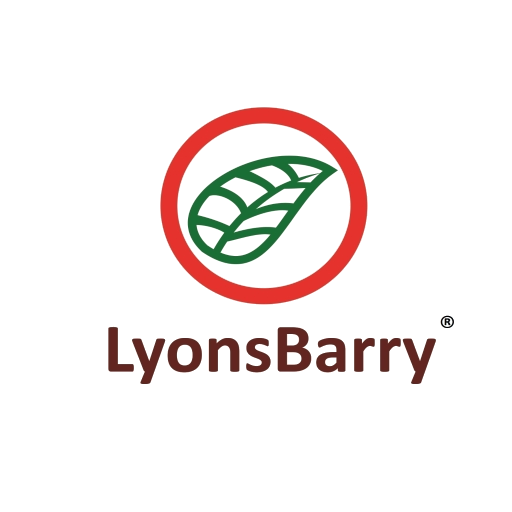The Hidden Dangers: Diseases Caused by Dirty Nails
Introduction: Our hands are our primary tools for interacting with the world around us, and our nails, while often overlooked, play a crucial role in this interaction. However, when nails are neglected and become dirty, they can harbor harmful bacteria, viruses, and fungi, leading to a variety of diseases and infections. In this blog, we’ll explore the potential health risks associated with dirty nails and the importance of maintaining proper nail hygiene.
- Bacterial Infections: Dirty nails provide the perfect breeding ground for bacteria, including Staphylococcus and E. coli, which can cause infections when they come into contact with broken skin or mucous membranes. Common bacterial infections associated with dirty nails include:
- Paronychia: An infection of the skin around the nail, causing redness, swelling, and pain.
- Cellulitis: A bacterial skin infection characterized by redness, warmth, swelling, and tenderness of the affected area.
- Nail bed infections: Bacteria can invade the nail bed, leading to inflammation, pus formation, and nail plate separation.
- Fungal Infections: Fungi thrive in warm, moist environments, making dirty nails susceptible to fungal infections such as:
- Onychomycosis (Nail Fungus): A common fungal infection that affects the nails, causing thickening, discoloration, and crumbling of the nail plate.
- Tinea Unguium (Nail Ringworm): A fungal infection that causes nails to become thick, brittle, and discolored, often accompanied by itching and discomfort.
- Viral Infections: Viruses can also spread through contact with dirty nails, leading to infections such as:
- Herpetic Whitlow: A viral infection caused by the herpes simplex virus (HSV) that affects the fingers or thumb, causing painful sores, swelling, and redness.
- Warts: Certain types of human papillomavirus (HPV) can cause warts to develop around the nails, resulting in rough, raised growths.
Prevention Tips:
- Practice Good Nail Hygiene: Regularly trim and clean your nails with soap and water to remove dirt, debris, and bacteria.
- Avoid Nail Biting: Nail biting can introduce bacteria and viruses into the mouth and increase the risk of infections.
- Keep Nails Dry: Moist environments encourage the growth of fungi and bacteria, so be sure to thoroughly dry your nails after washing.
- Use Gloves: When engaging in activities that involve exposure to dirt, chemicals, or potentially infectious materials, wear gloves to protect your nails and skin.
- Avoid Sharing Nail Tools: Sharing nail clippers, files, or other tools can spread infections, so it’s best to use your own personal nail care items.
Conclusion: Dirty nails are not only unsightly but can also pose serious health risks if left untreated. By practicing good nail hygiene, avoiding nail biting, and taking precautions to prevent infections, you can protect yourself from the diseases and discomfort associated with dirty nails. Remember, healthy nails are an important part of overall hygiene and well-being.







